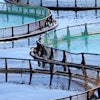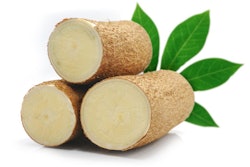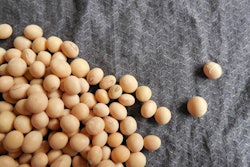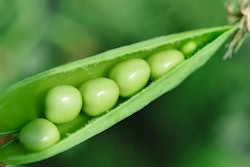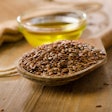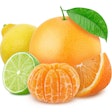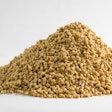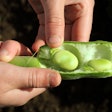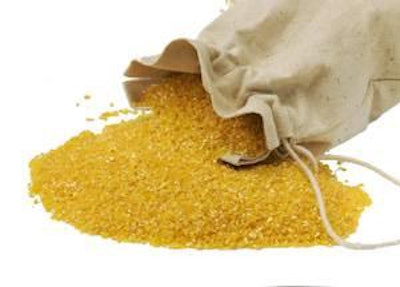
Apart from a high concentration in protein, this corn processing ingredient is rich in natural pigments that can produce eggs of a desired yolk color.
The extraction of starch from yellow corn for human and industrial uses leaves a tremendous amount of byproducts available, one of which is of particular interest to egg producers.
The protein fraction of corn, namely gluten, when concentrated and devoid of the bran, can amount to a product with 60% or more protein. This is called corn gluten meal, as opposed to corn gluten feed that contains also the bran fraction and consequently less protein.
Naturally, the protein quality of corn gluten meal does not differ from that of the parent material. Thus, corn gluten meal is largely deficient in lysine and tryptophan, requiring extra fortification with protein sources, such as soybean meal or feed-grade amino acids.
It is, however, concentrated in methionine, something deficient in common vegetable protein sources. The combination of distiller’s dried grains with solubles (DDGS) – another protein-rich corn by product – and corn gluten meal requires even more attention to the protein/amino acid profile of feeds. Otherwise, corn gluten meal is an excellent feed ingredient, with no anti-nutritional factors of importance, very low in fiber (less than 1%) and relatively high in energy (15 MJ/kg AMEn).
As always, corn and its byproducts require choline supplementation, again something that becomes even more important when DDGS are the major protein source in the layer feed. Corn gluten meal is considered also as a highly palatable ingredient.
The real benefit of corn gluten meal in regards to layer feeds is its relatively high (concentrated) levels of pigments. Corn grain contains about 20-30 mg/kg xanthophylls, but the concentrated protein product can contain more than 10 times this amount. A normal corn gluten meal product contains from 250 to more than 300 mg/kg xanthophylls. Therefore, a typical 10% inclusion rate of corn gluten meal in layer feeds results in significant alteration of egg yolk color. This should be taken into consideration when synthetic pigments are also part of the feed formulation as corn gluten meal inclusion can lower the requirement for such additives.
Of course, the balance between yellow and red pigments is also important, but this shall be discussed separately. Here, we can use a simple example, in which a layer feed that must contain 25 mg/kg xanthophylls for sufficient egg yolk pigmentation is fortified with 10% corn gluten meal. In this case, the inclusion of corn gluten meal the need for added pigments. That is assuming the pigments in corn gluten meal remain unoxidized. For that, corn gluten meal should be relatively fresh and of a reputable source, like any other ingredient, to avoid problems with pigment quality and feed intake.

